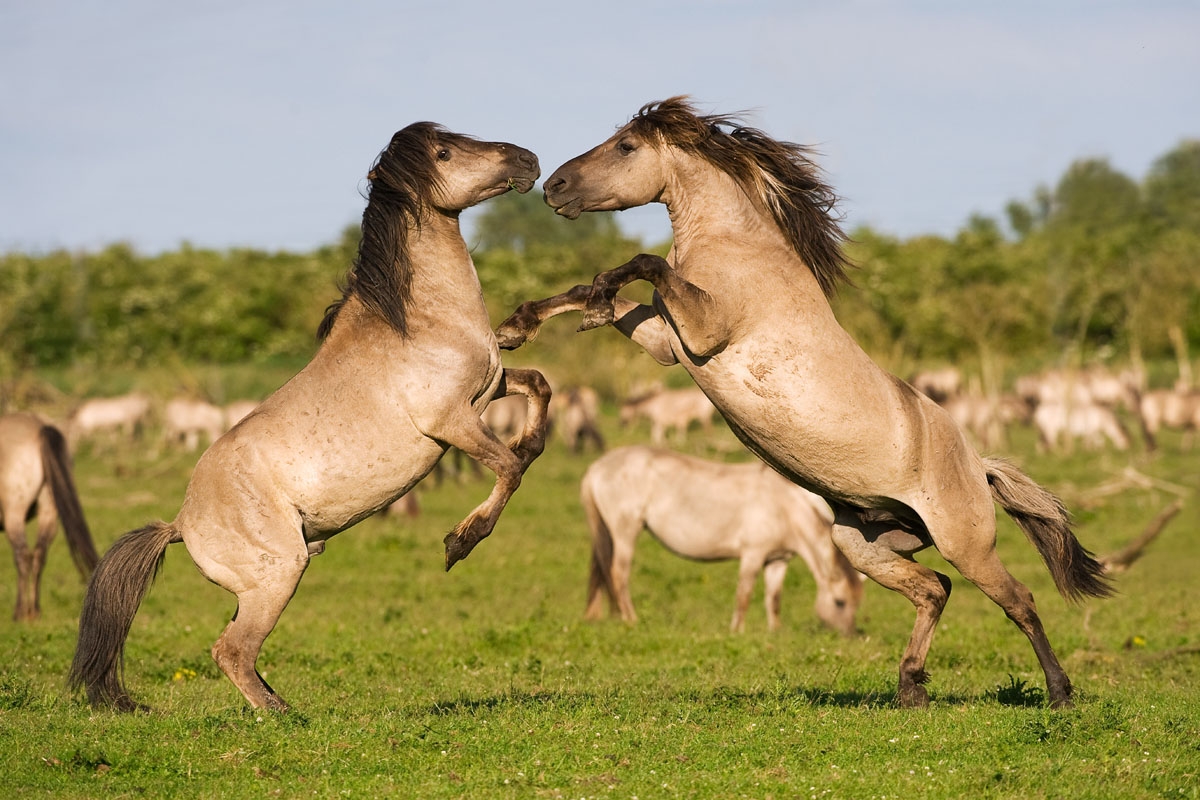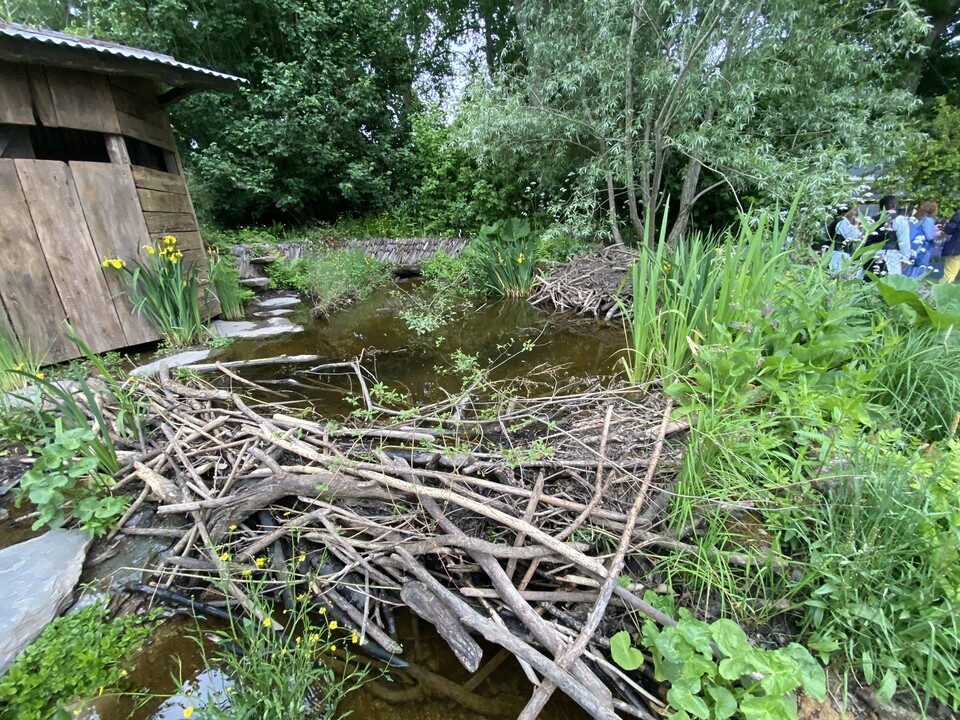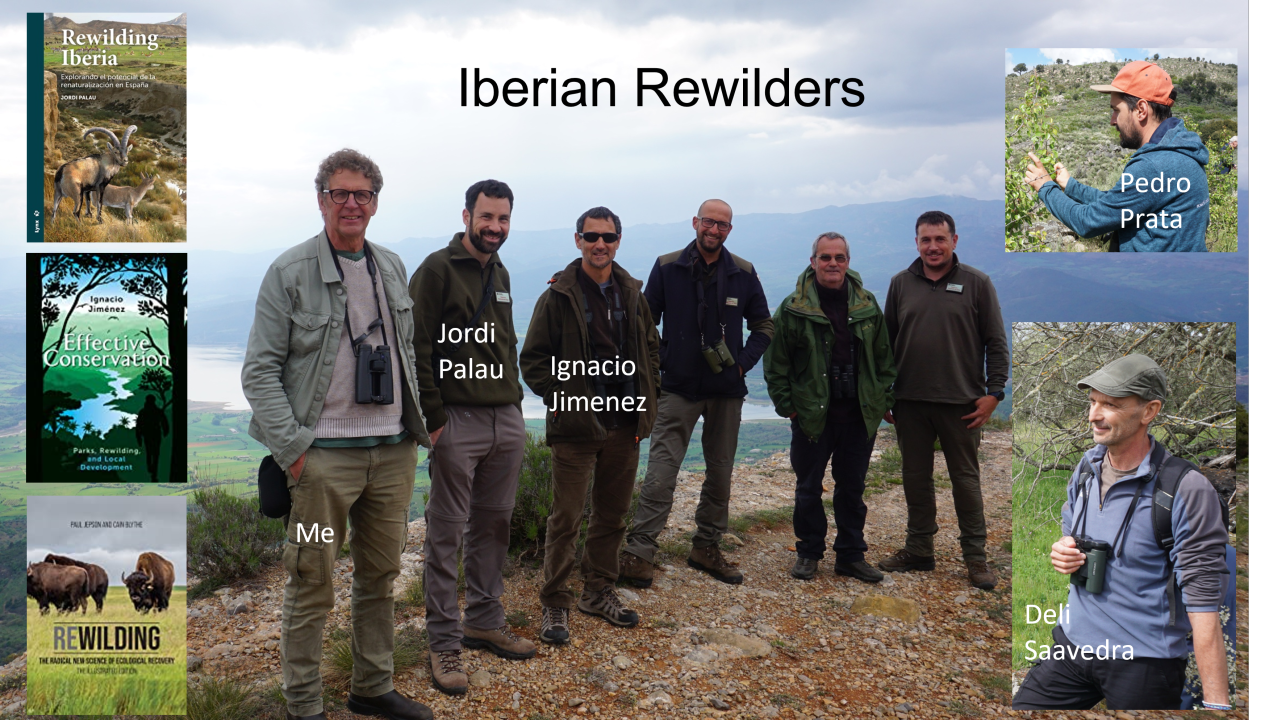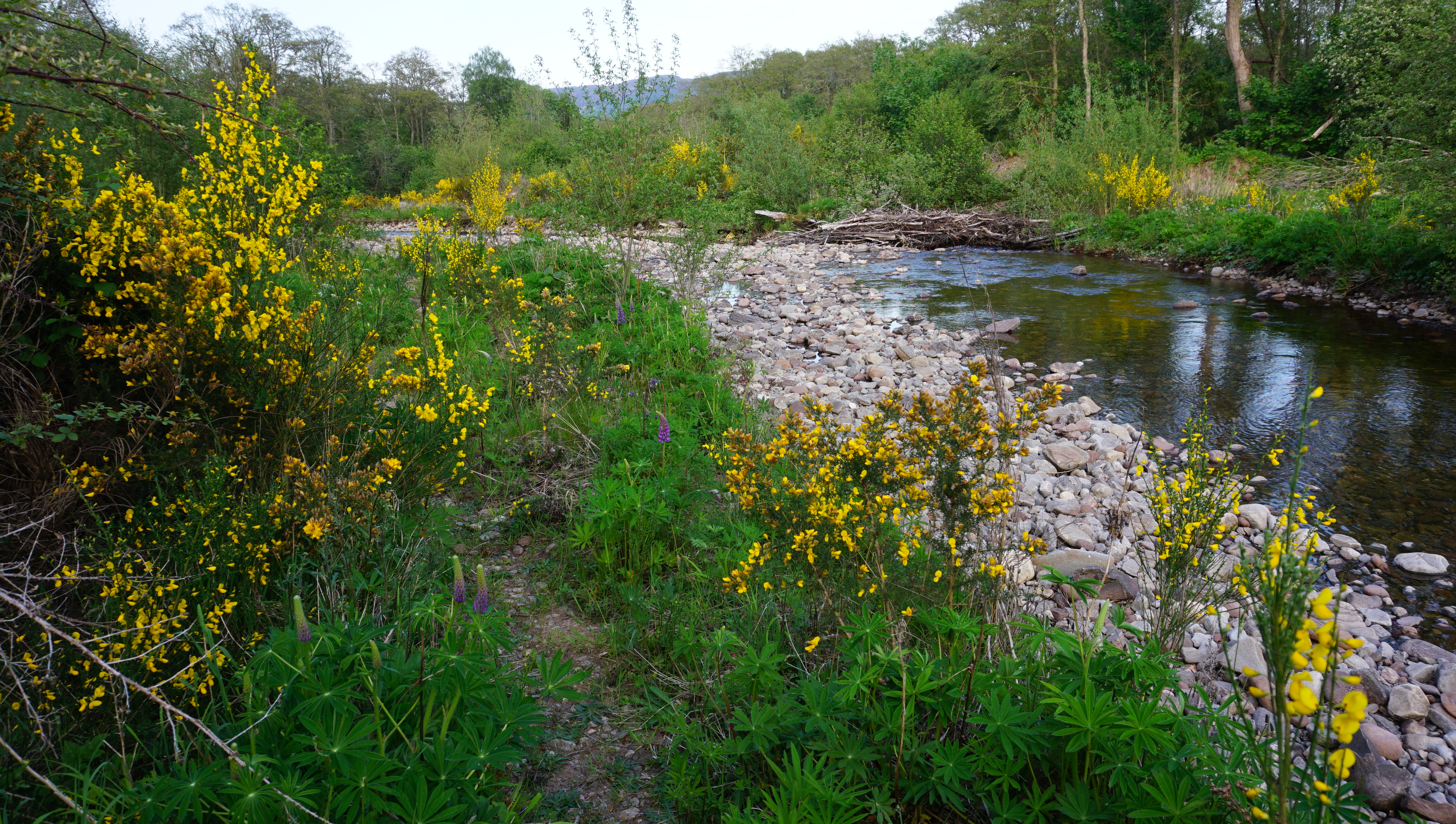Originally posted at Geographical on 24 May 2016
In the conservation world everybody seems to be talking rewilding. The last year has seen publication of 45 academic articles (including two major reviews) and over 200 media articles on the topic.
Last November, Geographical ran a rewilding week and in my contribution I argued that it was time to ‘walk the talk’, that if 2015 was to go down in history as the year when a 21st century conservation mind-set took root, then 2016 needed to be a year when rewilding rhetoric was translated into strategies for action.
I have not been idle. I teamed up with Frans Schepers, MD of Rewilding Europe and together we opened a dialogue with EC policy makers. We conducted a series of interviews and discussions not only with experts in EC policy and but also with the lead-conservation lobbyists in Brussels. We have published our findings in a policy brief titled Making Space for Rewilding: this presents a set of seven emerging rewilding principles and positions rewilding as a complimentary conservation approach that can extend and reinvigorate European nature policy.
 José Maria Felíx, 89 years old, ploughing with his donkey, Portugal (Image: Staffan Widstrand/Rewilding Europe)
José Maria Felíx, 89 years old, ploughing with his donkey, Portugal (Image: Staffan Widstrand/Rewilding Europe)
In my earlier article, I mentioned that from a policy perspective rewilding can seem like a radical and unsettling vision. Our research revealed that the issue was one of conservation strategy and politics rather than any disagreements with the ethos and science of rewilding itself.
Since the Eurozone crisis, economic and development agendas have gained the upper-hand in politics and policy. In this context the European Commission launched a so called ‘fitness check’ of the nature directives in 2015. The environmental lobby was understandably concerned that any ‘opening up’ of the legislation would result both in weaker legislation as well as conservation gains of the past being lost. A Europe-wide collation of conservation groups mobilised their members to call for the directives to be protected in their current form – to maintain the legal status quo.
Rewilding expresses an emerging functionalist approach where the focus is on restoring the connections that construct and support the so-called ‘web of life’ – the dynamic interactions between the physical landscape, the plants, herbivores, carnivores, and decomposers the make up a fully-functioning ecosystem. But ecological flows and functions are difficult to specify in law and ecological dynamics create uncertain outcomes that are (as yet) difficult to turn into policy targets.
“Rewilding expresses an emerging functionalist approach where the focus is on restoring the connections that construct and support the so-called ‘web of life’”
By contrast, our modern institutions of nature conservation embody what is termed a ‘compositionalist’ approach where the complexity of nature is reduced to units – species and habitat types. This approach creates what geographers term an ‘orderly biogeography’ and this enables clear, powerful prescriptive law: lists of endangered species that must be protected along with discrete sites that support viable populations of such species and/or ‘typical’ habitats. This is good for protecting past natures, but it leads to a static form of nature conservation.
In short, rewilding could represent a policy risk for conservation. This is because conservation lobbyists have little experience of framing rewilding ideas for policy and worry that any suggestion of new, more flexible ways of doing conservation could play into the hands of those out to weaken our nature laws.
 Bison (Bos Bonasus), Kennemerduinen National Park, Kraansvlak, The Netherlands (Image: Staffan Widstrand/Rewilding Europe)
Bison (Bos Bonasus), Kennemerduinen National Park, Kraansvlak, The Netherlands (Image: Staffan Widstrand/Rewilding Europe)
Resolving the conundrum of how to ‘protect the gains of the past and kick on!’ is the focus of our policy brief. We propose that rewilding is framed as a complimentary approach with the potential to extend the scope and impact of nature policy in a cost-efficient manner. Rewilding doesn’t have to happen within existing reserves: it can and is extending conservation into the wider countryside.
We identified two progressive areas of EU conservation policy that rewilding policy could support and indeed galvanise action. One is the ambition stated in the 2020 biodiversity strategy to restore 15 per cent of Europe’s habitats, a second is the vision of a TEN-G – a trans-European green infrastructure.
The 15 per cent restoration target recognises the importance of natural assets for liveable and sustainable societies. However the response of member states has been disappointing. Indeed, only Finland has so far presented any sort of plan of action. At issue are questions on definitions of degraded land, what the target refers to and the recurrent costs that ecological restoration might incur.
Three of the seven rewilding principles outlined in our policy brief, directly address these problems. Rewilding is characterised by a gradated approach where the goal is to move back up a ‘scale of wildness’, it is about creating new natural assets that take inspiration from the past but don’t seek to replicate it and, crucially, rewilding works towards the ideal of passive management, where once restored, managers step-back and allow dynamic natural processes to shape conservation outcomes.
“The 15 per cent restoration target recognises the importance of natural assets for liveable and sustainable societies. However the response of member states has been disappointing”
Our interviews revealed that the concept of a TEN-G is languishing because it has yet to be given meaning. Rewilding’s potential to provide an operational vision for large-scale green infrastructure goes beyond the ecological. Rewilding is premised on the idea that restoring functional levels and dynamics generates more opportunities to connect natural assets with enterprise and economy. For instance, the African safari experience could have a European form and rewilded rivers and watercourses are slashing the impacts and costs of flooding.
Our finding that policy support for rewilding is likely if it is presented as a forward-looking approach to conservation in the wider landscape is encouraging. However, our policy brief also stresses the reality that full expression of rewilding principles is constrained by a raft of other legislation relating to bio-security, farm animal welfare, public access and health & safety. Restoring the herds of auroch and wild-horses that once shaped European landscapes would have major ecological benefits and public appeal. But society only knows cattle and horses as farm animals and the law still treats their de-domesticated analogues as just that. Legally, sick animals have to be attended by a vet and carcasses cleared up meaning that the scavenger and decomposer guild struggles to return.
 Eurasian Crane (Grus grus), Lake Hornborga, Sweden (Image: Stefano Unterthiner/Wild Wonders of Europe)
Eurasian Crane (Grus grus), Lake Hornborga, Sweden (Image: Stefano Unterthiner/Wild Wonders of Europe)
Rewilding is the biggest, most exciting idea to emerge in conservation since the 1970s. It represents an opportunity for nature conservation to shift gear from a focus on protection to a focus on protection and restoration. But, for rewilding to become a truly progressive force it requires the support of politicians and policy-makers who will use their offices to find and create policy spaces where rewilding principles can be expressed and tested in ways that do not weaken the protection of existing natural values.
Rewilding embodies new visions and concepts that could drive policy innovation and help nature conservation regain ground and confidence. It needs an enabling policy environment.







